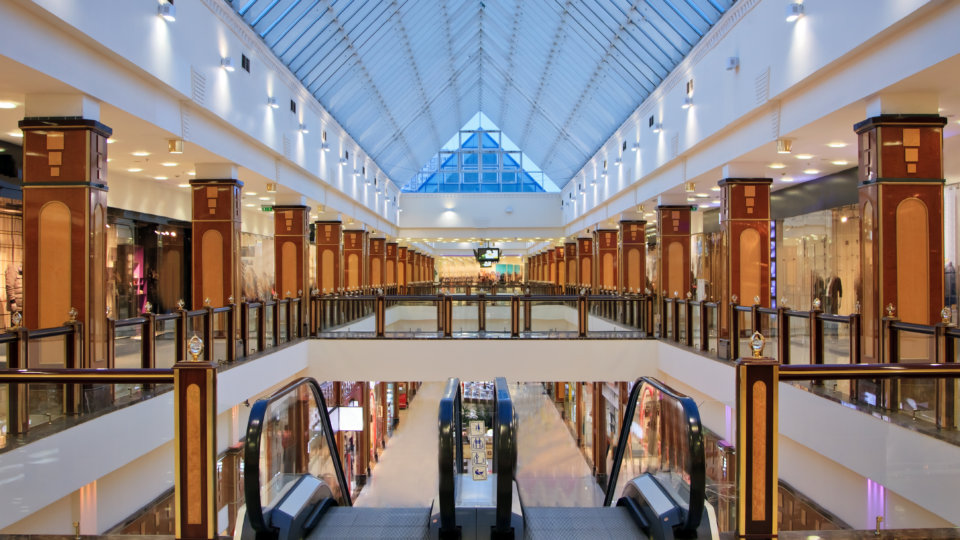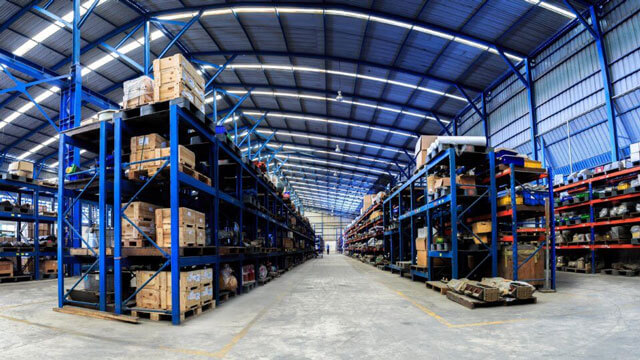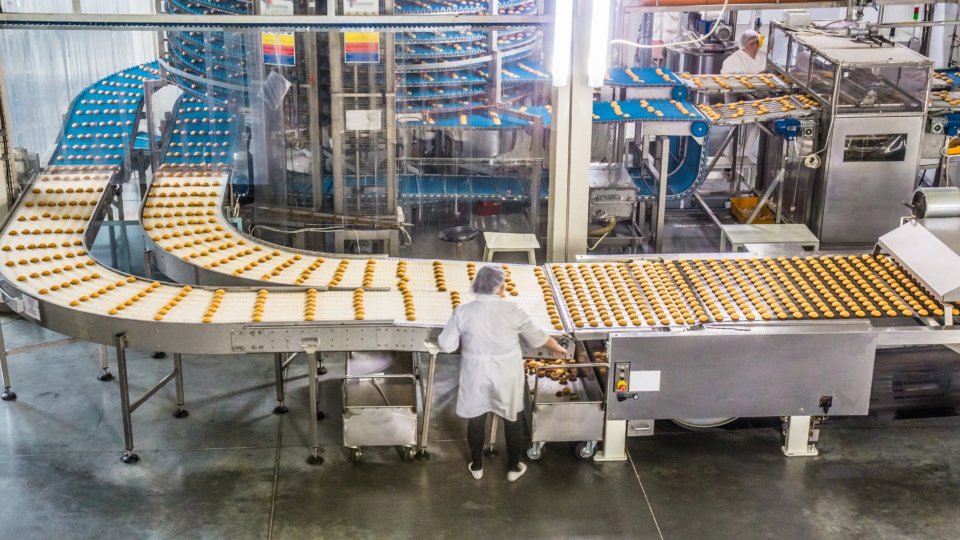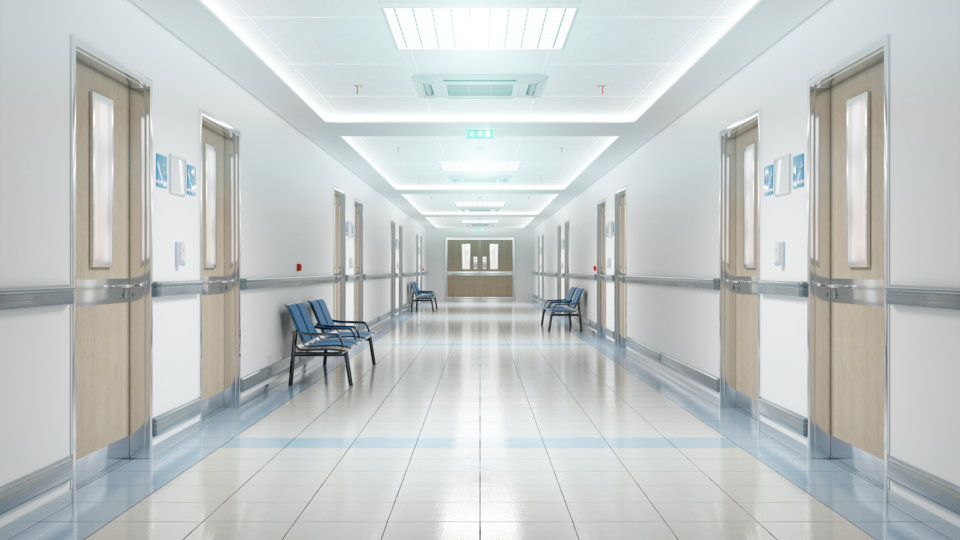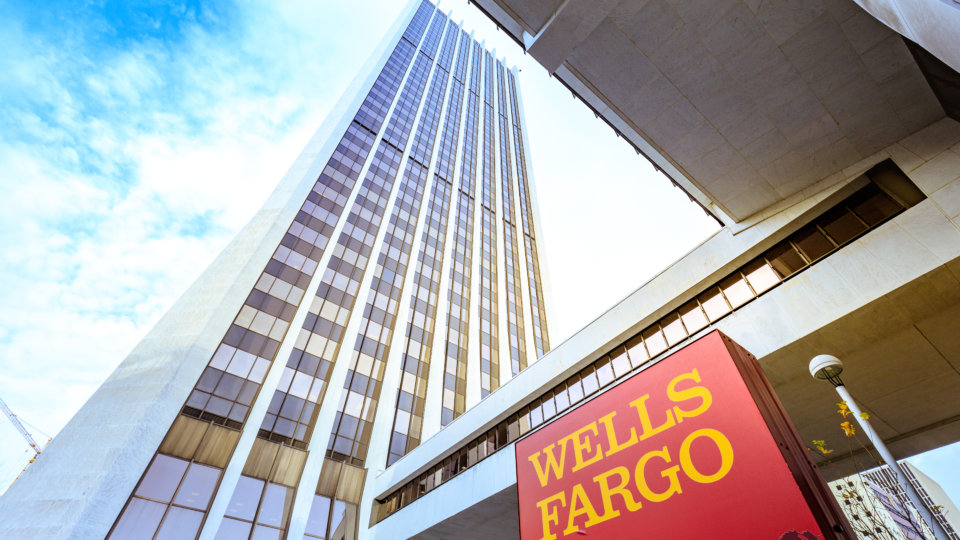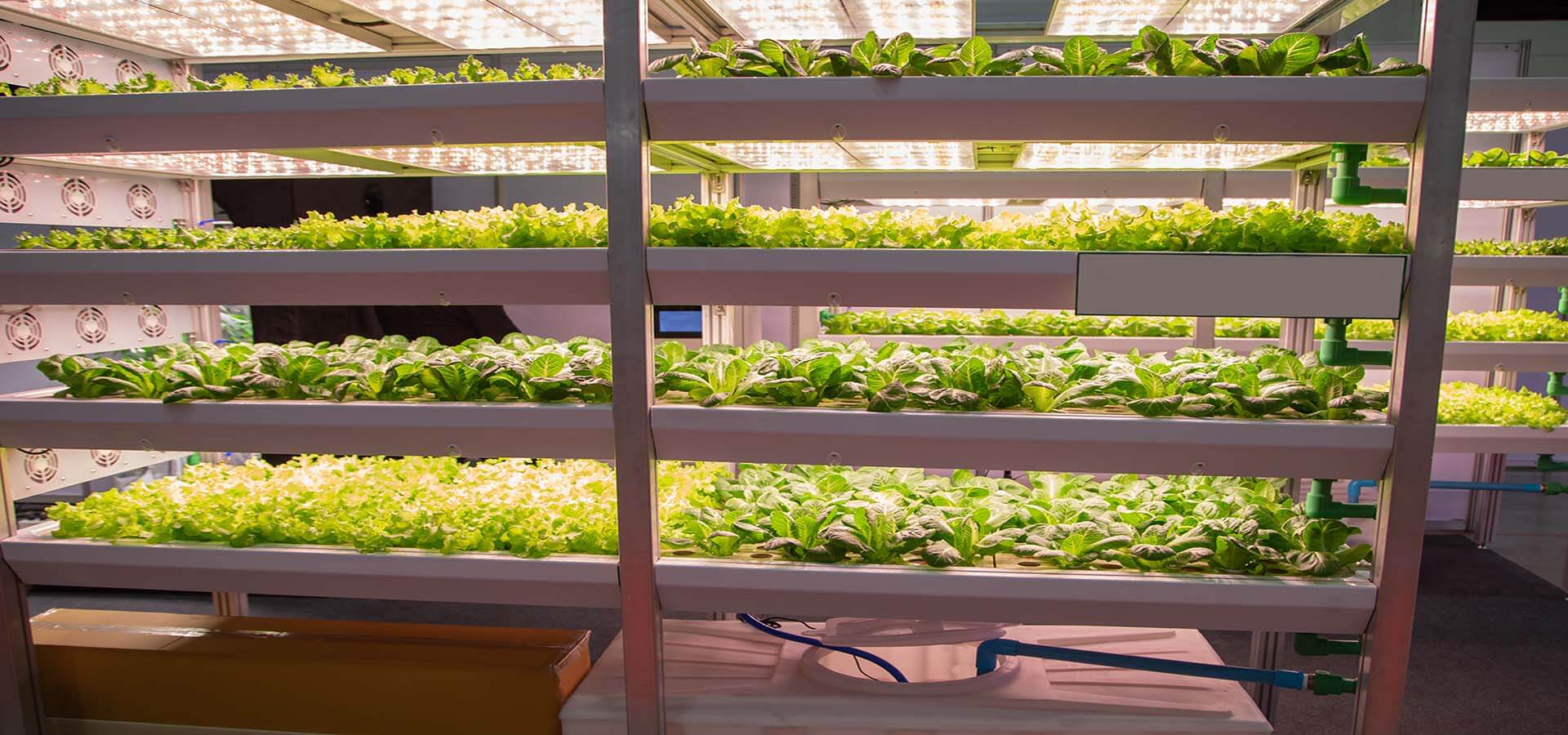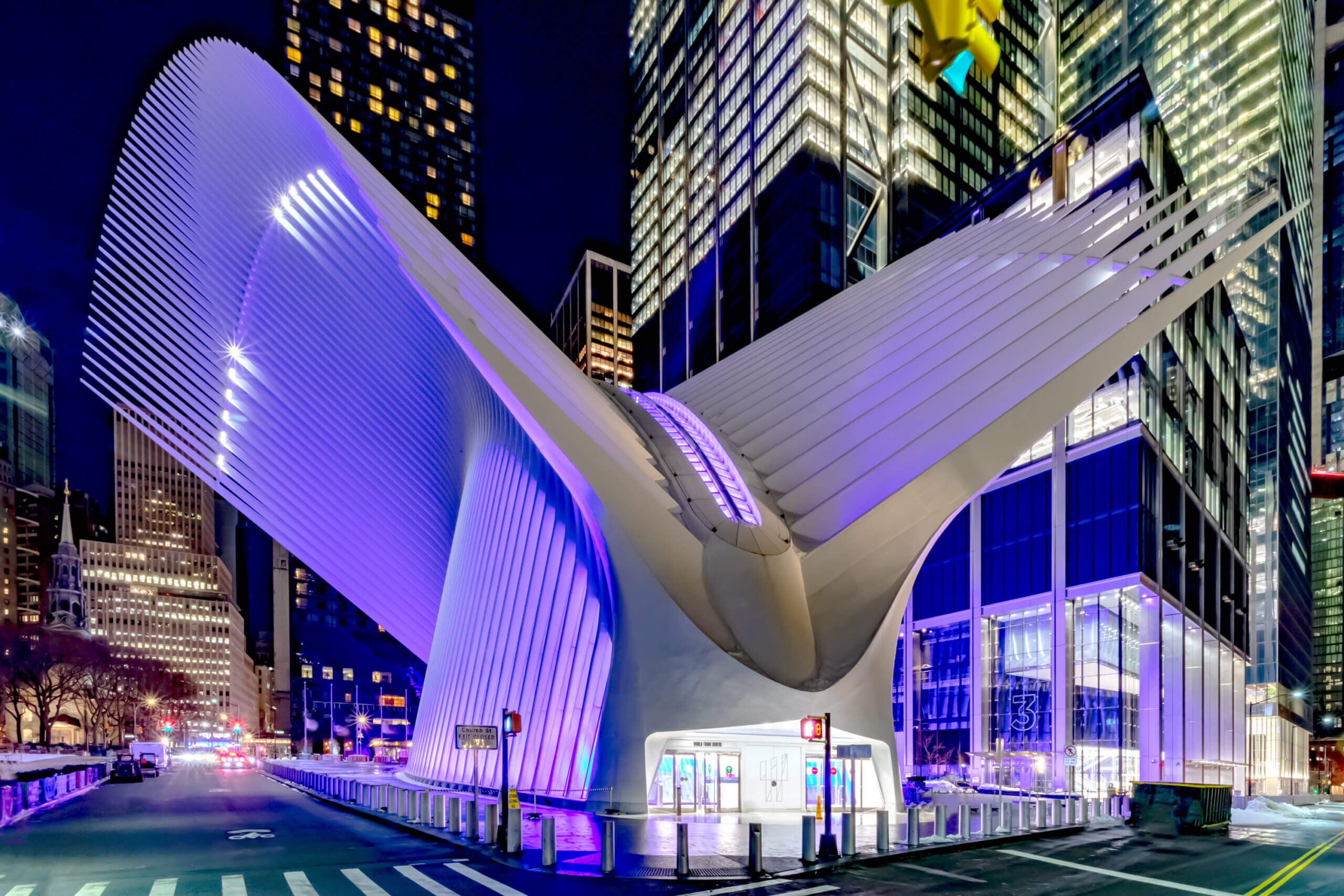The Heat is On: Reducing Commercial Energy While Keeping Cool This Summer
Share Article
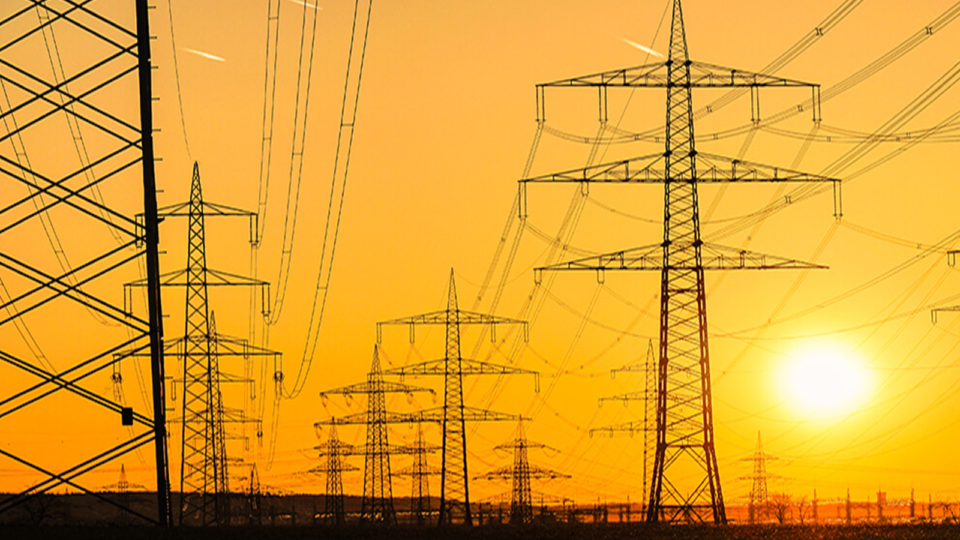
Across the U.S. southwest, folks are starting to really feel the heat of summer a little bit earlier than usual this year. In Arizona and Nevada, record-breaking temperatures are in the forecast.
In Texas, the Electric Reliability Council of Texas (ERCOT), still apologizing for the “Snovid-21” power outages that hit the state during a February cold snap, has issued warnings about possible disruptions to the power grid resulting from this week’s heatwave and the concurrent spike in energy usage.
All told, more than 48 million people across the southwest are now under heat advisory watches or warnings from the National Weather Service. So regardless of the cause, this heat is definitely a thing.
Whenever the temperature rises, it naturally follows that folks start adjusting their air conditioning systems to keep things cool. That spike in energy usage, combined with the already high levels of energy most homes and businesses routinely use, threatens the viability of electrical transmission networks.
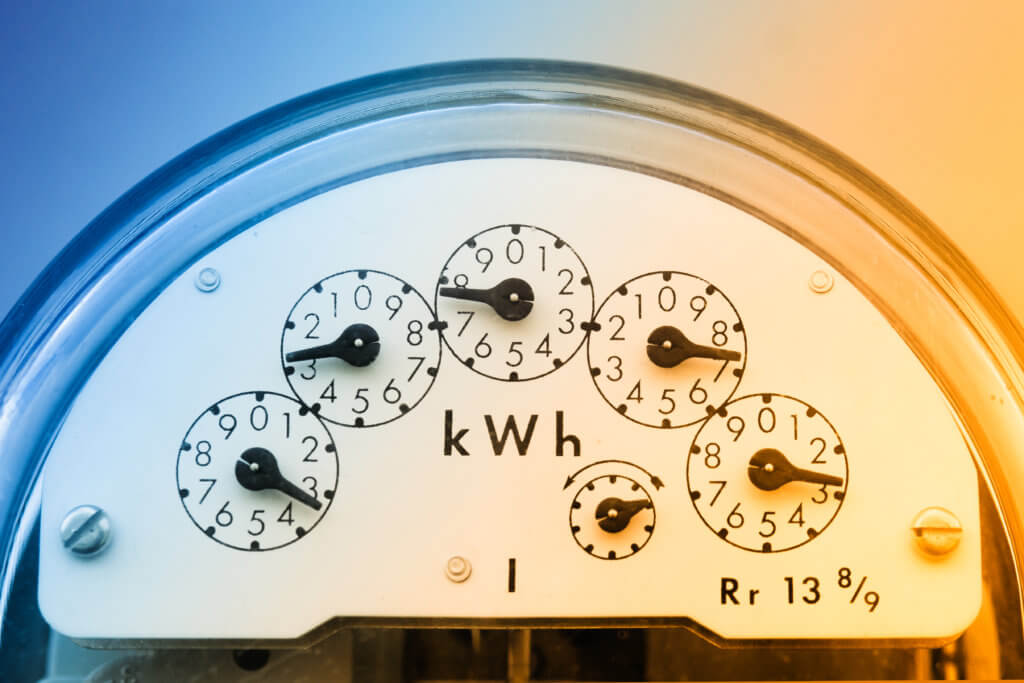
During this week’s heat wave, citizens are being urged to take the following steps to help reduce energy demand:
- Set thermostats to 78° or higher
- Turn off non-essential lights
- Reduce the run times for pool pumps
- Avoid using large appliances (washers, dryers, ovens)
- Close window shades and blinds
- Use stairs instead of elevators, if possible
It is sobering to consider that we’re in mid-June and the late-August warnings about energy conservation are already making their way into the public conversation.
Reducing Load on the Grid (Wait, What is The Grid?)
We’ve all heard the term “grid” used in reference to electrical transmission. But what is a grid? Is there only one?
Over at Wikipedia, the grid is explained like this:
An electrical grid is an interconnected network for electricity delivery from producers to consumers. Electrical grids vary in size and can cover whole countries or continents. It consists of:
- power stations: generates power and is located and away from heavily populated areas
- electrical substations to step voltage up or down
- electric power transmission to carry power long distances
- electric power distribution to individual customers, where voltage is stepped down again to the required service voltage(s).
Importantly, we should keep in mind that in the U.S. today there is no one, single, national grid. There are three grids: the Eastern Grid, the Western Grid, and the Texas (ERCOT) Grid. These three national grids are connected, but they do operate independently from one another.
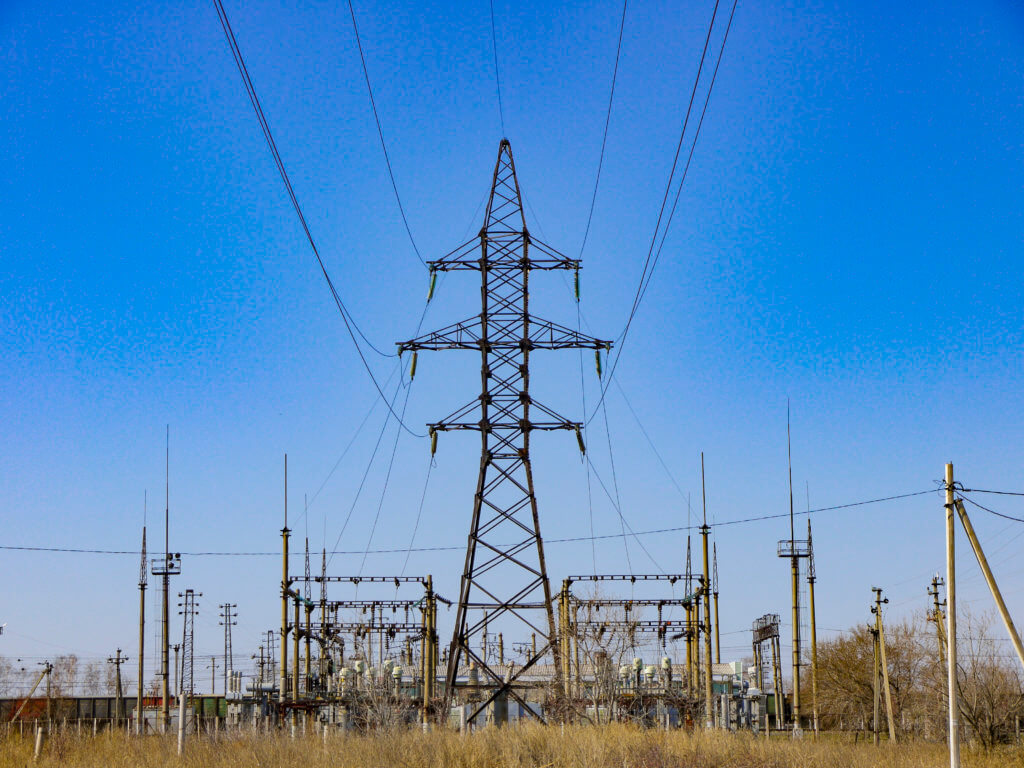
Across the country, hundreds of power plants generate electricity every day. These plants are connected to transformers that step up the voltage of the generated electricity so that it can be transmitted across regional grids.
Each plant’s transformers are in turn connected to high-voltage transmission lines that carry the electricity long distances across the country. In the U.S. today, there are more than 450,000 miles of electrical transmission lines running north, south, east, and west, connecting every part of the country to one grid or another.
When the high-voltage transmission lines reach cities, towns, and neighborhoods, they are connected to local transformers that step down the electrical voltage so electricity can be transmitted through smaller, safer, lower voltage lines.
This is the electricity that gets transmitted through cables strung on power poles, and through underground networks in local communities. This is the electricity that powers your television, your computer, and especially during times like this, your air conditioner.
What About the A/C This Summer?
So, you find yourself in a heatwave, with local officials talking about the possibility of rolling blackouts and unplanned power outages, and you’re thinking, “OK, fine. Take the lights but leave my A/C alone!”
Unfortunately, despite all the advancements in technology in recent years, electricity is still just electricity, doing its thing, powering what it will, and not giving much preference to one application over another.
When the outside air temperature rises into triple digits and folks run to their wall thermostats to keep the cool air flowing, the grid that supplies your part of the country takes a hit.

In every home on your street and every business in your community, good folks with a heat problem are inadvertently adding more and more stress to whatever regional power grid keeps the electricity flowing.
Clearly, if reliable, uninterrupted electrical service is the goal, this situation is unsustainable. Something has to give.
The Time Has Come to Do Our Part
To review, we’ve got more people asking more from our electrical power grid every day. When the temperature rises (or falls, ask Texas), the problem is compounded. What does the future look like?
Without some changes to the way energy is consumed, things will not end well.
Fortunately, those changes are readily available for homeowners, and especially for businesses that consume the most energy with lighting and HVAC demand for large facilities.
Reducing Commercial Energy Usage
The United States Department of Energy (DOE) reports that buildings are responsible for 76% of electricity use in the U.S. today. Therefore, improving commercial energy consumption can have a huge impact on the nation’s overall energy consumption.
According to the United States Energy Information Administration (EIA), five building types consume half of the energy used by all commercial buildings. Facilities on this list include:
- Retail and Service Buildings – This category accounts for 15% of all energy used by commercial buildings and includes car dealerships, dry cleaners, malls, gas stations, and retail stores.
- Office Buildings – Professional offices, banks, and government offices make up 14% of energy consumption.
- Educational Facilities – Schools and college buildings make up 10% of energy consumption.
- Hospitals and Clinics – The fourth leading source of energy consumption is the healthcare industry. This section includes medical offices and hospitals, which use 8% of commercial energy.
- Hospitality Industry – Finally, hotels, nursing homes, dormitories, and other group accommodations accounted for 6% of energy consumption.
Together, these five categories are responsible for more than 53% of all commercial electricity usage.
Across all commercial building categories, HVAC systems use around 30% of the facility’s total electrical power draw. Lighting uses up 17% of the building’s energy, and major appliances like freezers and water heaters account for 18% of the bill. Finally, the last 35% of power consumption is used for miscellaneous things including electronics.
A Clear Choice, An Easy Decision
So, as we begin moving into what looks to be a real scorcher of a summer, the choice seems to be clear.
Either we continue to lament the fact that we need newer and bigger grids to handle the energy demands of commercial buildings, or we take action to reduce the energy requirements of these same buildings so they don’t break down the energy grid we currently have.

When thinking about the choice, remember that new and better national electric grids cost money (billions, maybe trillions). Reduced energy requirements save money (hundreds, maybe thousands).
Sometimes the answer comes flowing through like a cool breeze on a hot day.
Where to Start with a Commercial Facility?
Before you spend any money, you should understand how much energy your commercial building actually uses. You can start this process simply by looking at your utility bills.
Next, you’ll need a lighting expert and/or energy advisor with a proven track record to help you identify how much savings you can expect if you upgrade your building’s lighting and control systems.
FSG is just that kind of advisor, and we perform that exact service for our customers across the country every day.
LED lighting retrofits can save businesses up to 80% annually on lighting costs. If you replaced your lighting with LED 5 years ago, you can save even more money with today’s energy-efficient lighting technology.
With a lighting audit, you can get a very accurate idea of what your energy savings will look like over the coming years. This helps to give the business a “simple payback”, or how long it will take for your savings to equal the cost of the initial investment.
With lighting controls, HVAC controls, and more advanced building controls, an expert like FSG can help you save even more while helping your business do its part to reduce energy consumption.
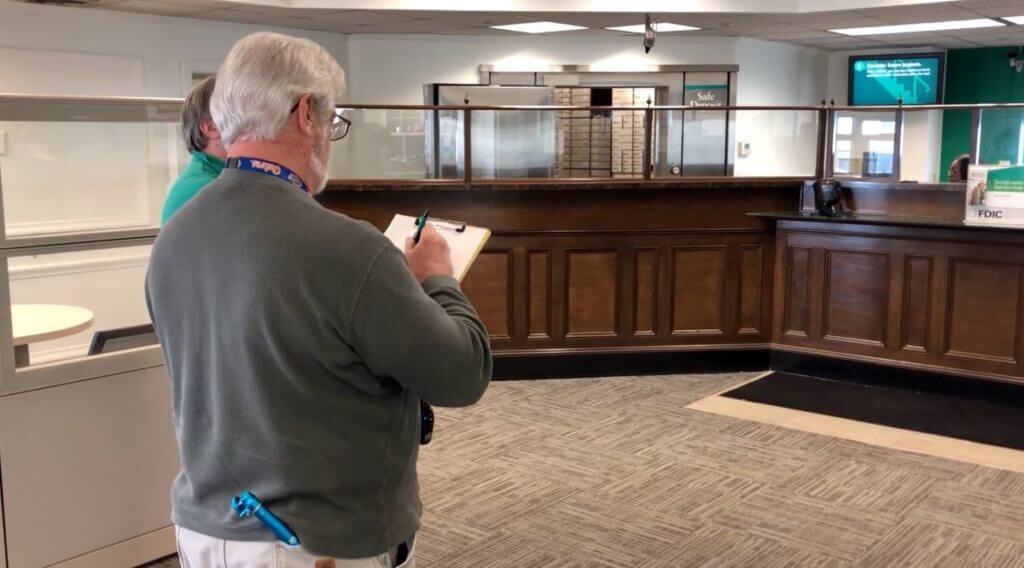
Speak with an Expert Today
Think about your energy consumption as we head into the hottest part of the year, and ask yourself if you’d enjoy doing your part for the grid a little bit more if you got paid to do it.
If you own or manage a commercial property, that’s the reality of the situation before you.
Commercial facilities place the largest demands on our nation’s power grids, but they stand to reap the largest rewards for adopting new energy-saving technologies.
If you have questions about upgrading the lighting in your facilities or installing energy-saving lighting or HVAC controls, call us today at (877) 293-6689.
We can get you started on a plan that will save you money while helping to ensure that you and your loved ones stay comfortable in every season.




